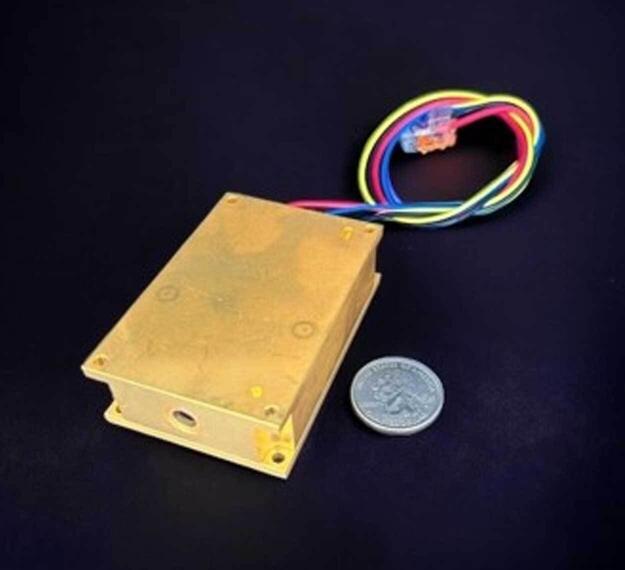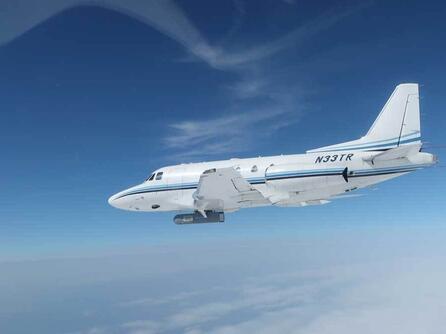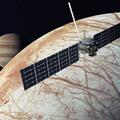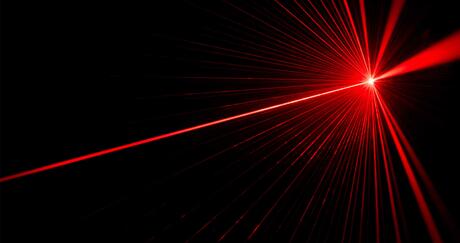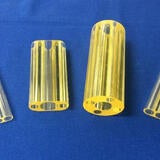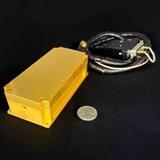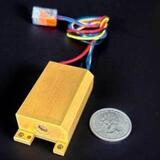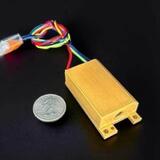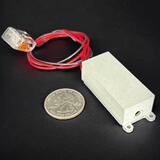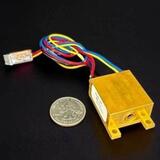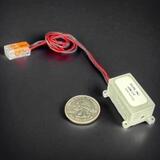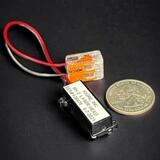

MK-88 Diode-Pumped laser transmitter
SS 1-10Hz, 4mJ, 6ns Diode-Pumped Laser
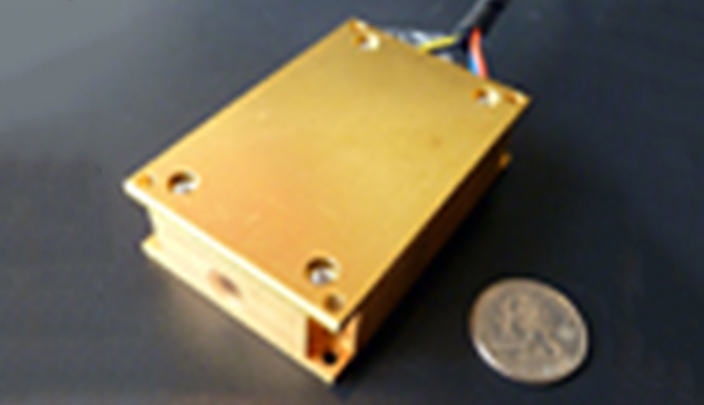
MK-88
1.54 μm diode-pumped passively q-switched Erbium glass laser transmitter with integrated photodiode
MK-88 Duty Cycle Engineering Notes
HESP lasers are conductively cooled. They are typically mounted to a metal heat sink. A fan and heat sink or a water cooled baseplate may also be used to remove heat.
A good method for monitoring the laser's internal temperature is to look at the pump current pulse width. Specifically, this pulse width should not exceed 3 milliseconds. You'll notice that the pump pulse width will increase as the laser heats up. This is due to the loss of efficiency. Once the pump pulse width gets beyond 3mS, the efficiency of the laser drops dramatically and the pump pulse width will rise quickly - indicating an overheated condition. Please do not operate the laser if the pump current pulse width exceeds 3mS.
We suggest the use of a current probe capable of registering > 100A. The probe should be located between the driver and the laser. You can clip on a section of the red wire anywhere in the laser cable.
HESP LASER DRIVER SUPPORT
When you purchase a DPSS laser, we include complimentary technical support for all of your laser driver needs. Our engineers have extensive experience helping customers get their project up and running quickly and reliably.
